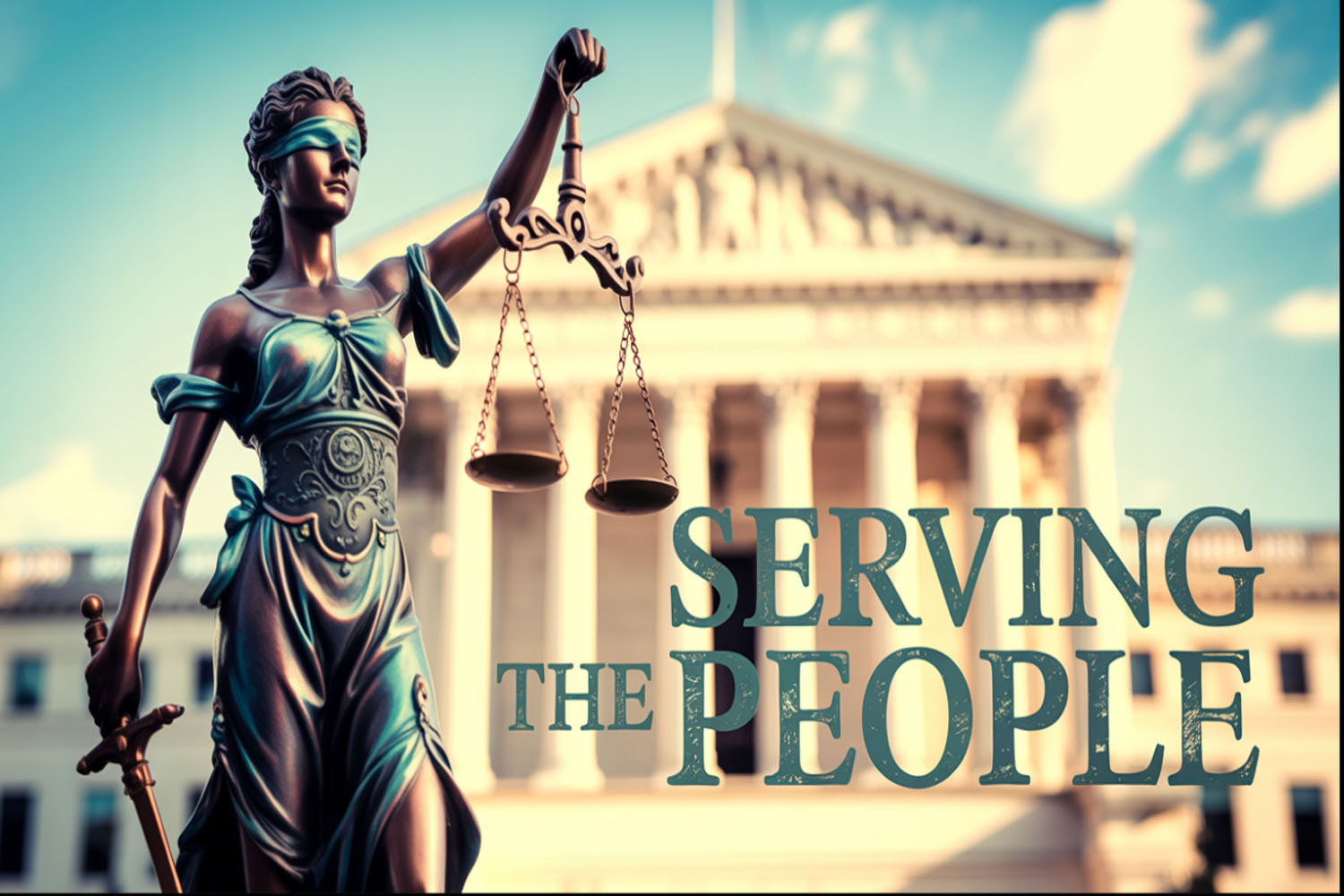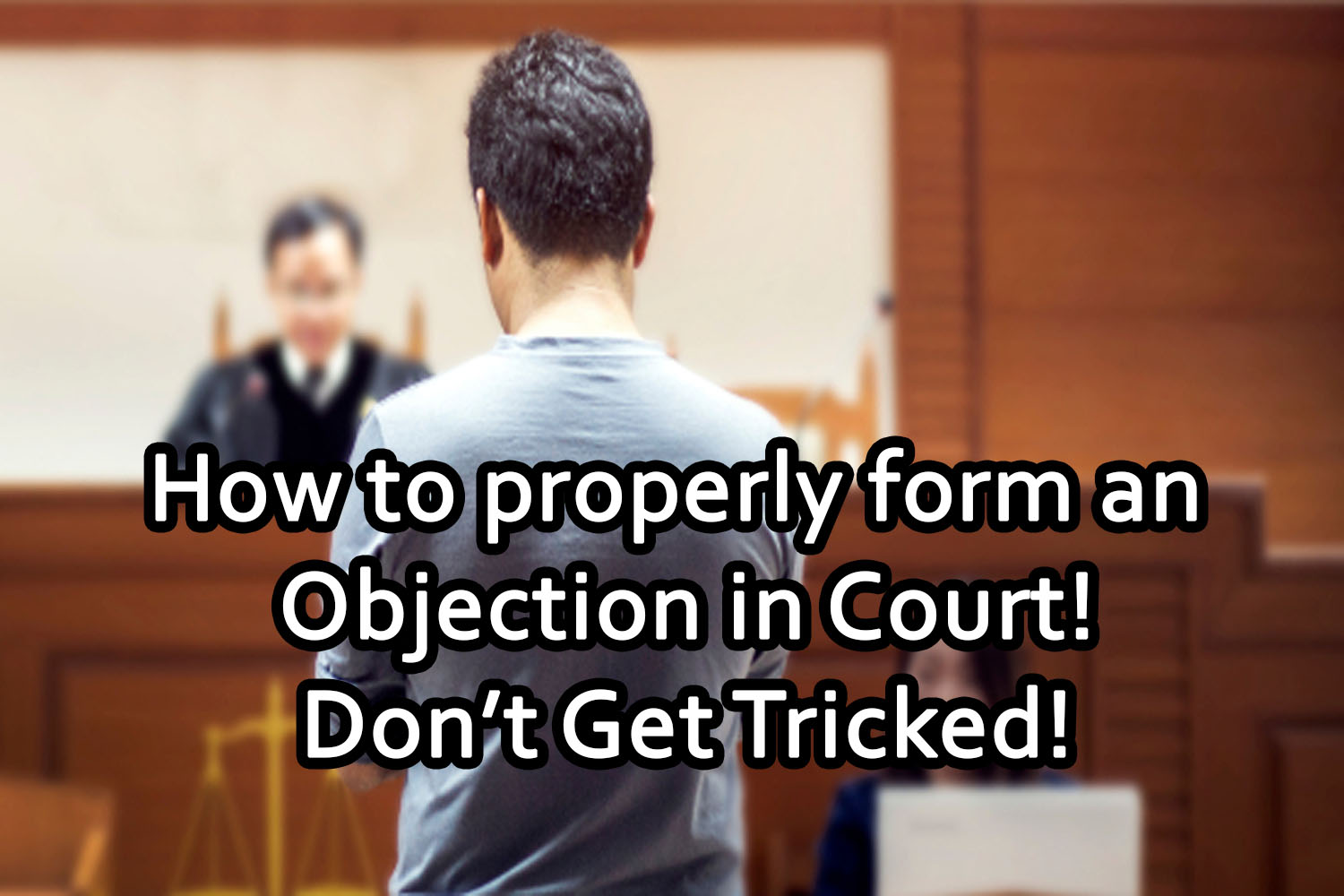Maintaining Privacy in the Public Domain
Explanation
The Secured Party/Creditor (SPC) process is designed to preserve individual privacy and limit unnecessary exposure when operating in public commercial settings. It is not intended to dispute governmental authority or assert fringe legal theories such as the “right to travel.” Rather, it offers a legal and administrative framework that recognizes changes in the U.S. financial system—especially the abandonment of substance-backed currency as noted in House Joint Resolution 192 (June 5, 1933).
By lawfully reclaiming equitable interest in the legal entity often referred to as the “juristic persona,” individuals may distinguish between their private and public roles. This separation enables more responsible engagement in public transactions while reducing personal liability and avoiding adversarial conflicts.
Gaining Competence in Commercial Affairs
The SPC process empowers individuals to better manage their personal and commercial obligations by understanding and applying the principles of the Uniform Commercial Code (UCC). By asserting creditor status and securing a legal interest in their assets, individuals can navigate complex financial systems with greater authority.
This is not a universal remedy for all legal issues but can serve as a strategic tool—particularly in matters involving debt, contracts, and asset protection.
Asset Protection from Public and Private Claims
The SPC strategy centers on the UCC and aims to protect personal assets from claims by external entities such as government agencies, creditors, and corporations. Proponents of the process argue that U.S. citizens unknowingly offer their labor as surety for national debt through mechanisms such as taxation and the use of public currency. These obligations are said to be enforced by hidden liens on personal property.
By filing UCC-1 financing statements and creating security agreements, individuals may establish a perfected security interest in their property, placing themselves in a senior position over other claimants. This could provide a legal buffer against asset seizure or garnishment.
The Strawman Concept and Juristic Persona
A key component of the SPC process is the distinction between the individual and the legal fiction—commonly referred to as the “strawman”—created by documents such as birth certificates and Social Security numbers. In this framework, the strawman interacts with public systems, while the private individual retains separate rights and interests.
By assuming the role of Secured Party, individuals attempt to reclaim control over the strawman and manage any associated obligations or liabilities.
Offsetting Debt and Reducing Public Liability
This SPC model proposes that individuals can relieve themselves—and by extension, the government—of public debt burdens by reclaiming the equitable value of their labor. This is viewed as a way to transform the individual from debtor to creditor, enabling them to settle obligations through commercial instruments rather than monetary payments.
The individual may offer bonds or other financial instruments backed by their labor to settle public debts, including taxes and fines. This strategy relies on the concept that personal energy and productivity are the true backing of fiat currency in a debt-based economic system.
Government Insolvency and Legal Standing
Some interpretations suggest that since the U.S. government left the gold standard in 1933, it has operated in a state of insolvency, relying on the full faith and credit of its citizens. From this perspective, any claims made by the government are seen as “colorable”—lacking substance but presented as legal under the fiat system.
According to this viewpoint, the SPC process allows individuals to operate outside the bankrupt structure by reclaiming legal standing and asserting a superior interest in their own assets and labor. In doing so, they may challenge the government’s authority to enforce certain commercial claims.
Using the UCC to Assert Priority
Under the UCC, the concept of a “perfected security interest” allows a creditor to claim first priority over an asset. By filing appropriate documentation, individuals acting as SPCs may legally protect their property from subordinate claims by government entities or other creditors.
This approach requires a solid grasp of UCC principles, including:
- Security Agreements: Contracts outlining the terms of collateral.
- UCC-1 Financing Statements: Public records that establish a claim.
- Priority Rules: Legal hierarchy among competing claims.
Challenges and Legal Considerations
Despite the appeal of the SPC process, several issues remain:
- Lack of Legal Recognition: Mainstream courts typically reject arguments based on the strawman theory or claims that the government lacks standing due to insolvency.
- Complex Legal Framework: Successful execution requires detailed knowledge of commercial law and precision in legal filings.
- Potential Risks: Misuse or misunderstanding of the process can lead to legal consequences, including charges of fraud or tax evasion.
- Controversial Status: While some individuals have reported success, courts generally uphold the government’s authority to impose financial obligations due to individuals inability to present concise execution of their Rights.
Resolving Public Claims Through Private Agreements
A major appeal of the SPC process is the ability to resolve disputes privately and avoid entanglement in public courts. By managing obligations through commercial instruments and private contracts, individuals may reduce the need for legal confrontation.
This approach aligns with the belief that the public court system operates on assumptions of consent. By asserting a separate legal status, SPCs aim to sidestep these assumptions while still honoring legitimate debts through private settlement.
Conclusion
The Secured Party/Creditor process is an advanced legal strategy that seeks to empower individuals to protect assets, reduce liability, and manage public obligations within a commercial framework. Rooted in interpretations of the UCC, it emphasizes privacy, financial control, and the distinction between the individual and their legal persona.
While it presents intriguing possibilities—such as shielding assets from seizure, offsetting tax liabilities, or reclaiming control of one’s legal identity—it is a controversial and complex area of law. Success depends heavily on accurate execution, deep legal understanding, and recognition of the limits of current judicial systems.
Those interested in pursuing this path should proceed with caution, conduct thorough research, and seek qualified legal guidance to navigate its intricacies and avoid unintended consequences.
BY: Yusef El







